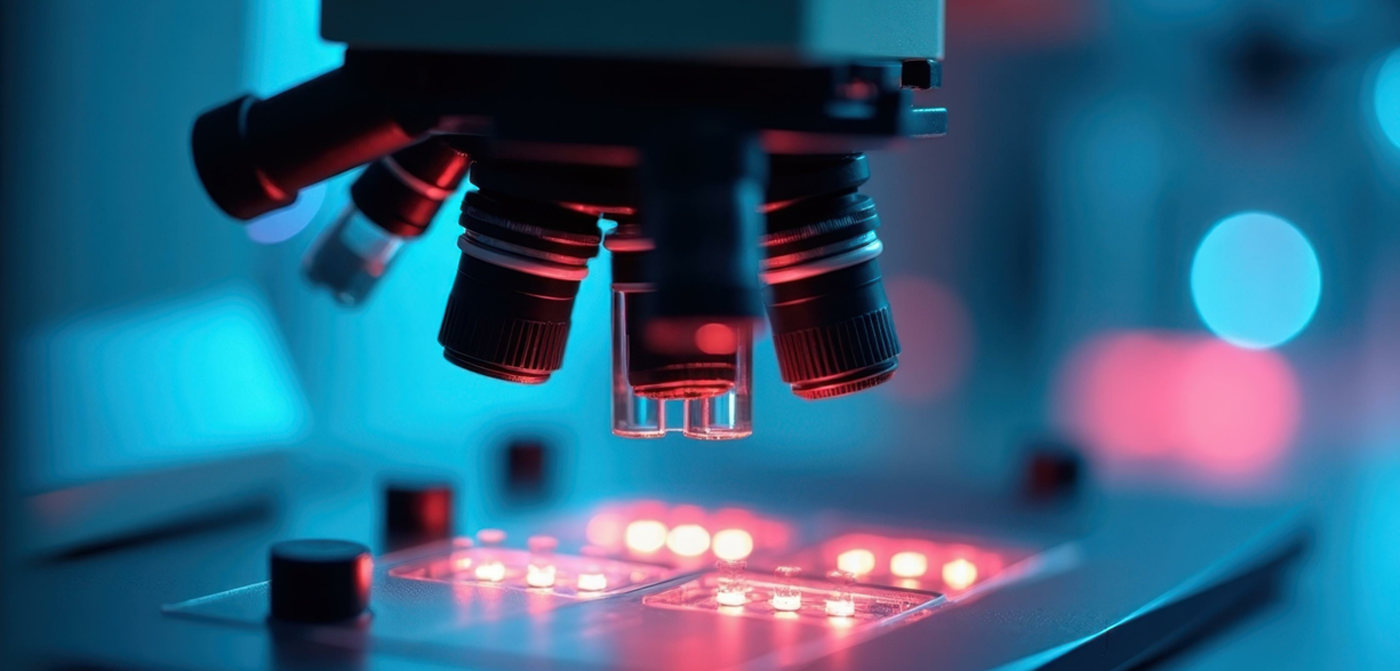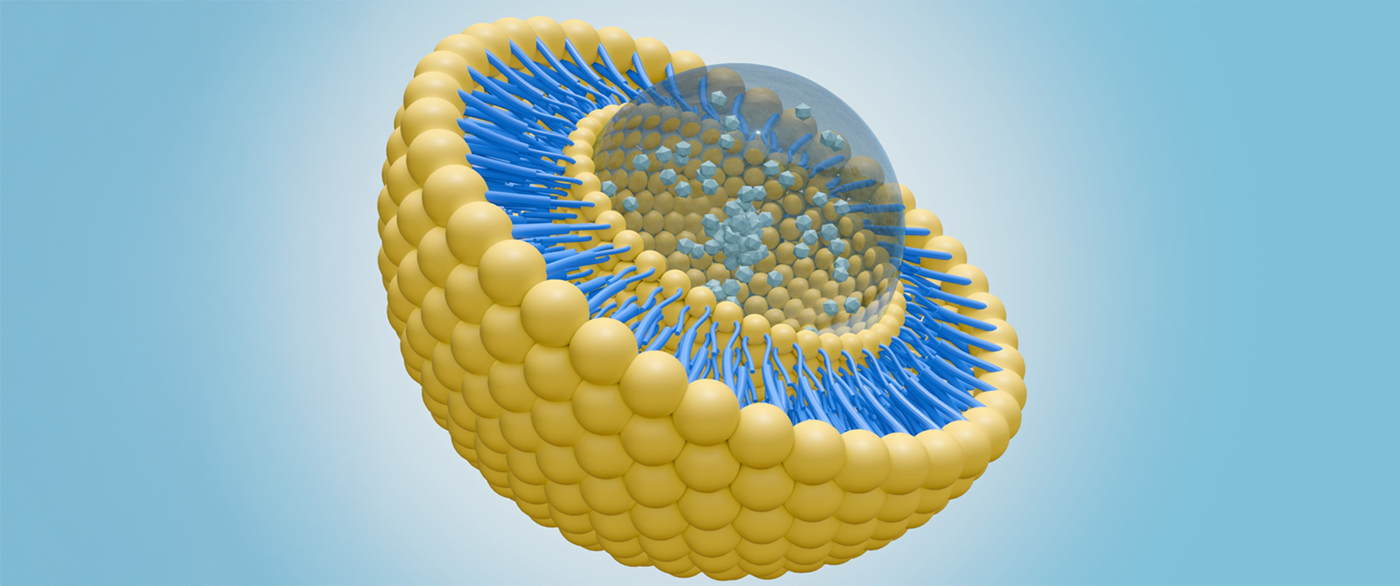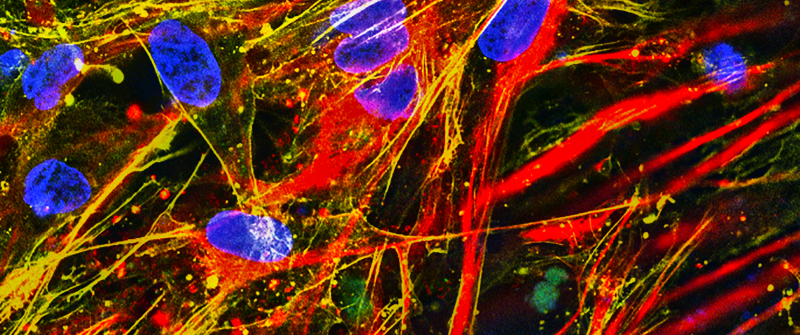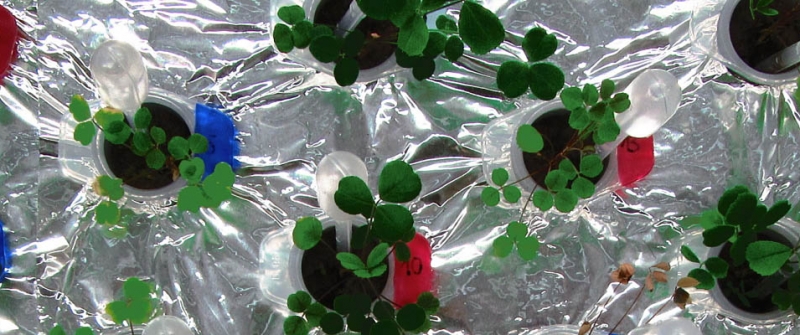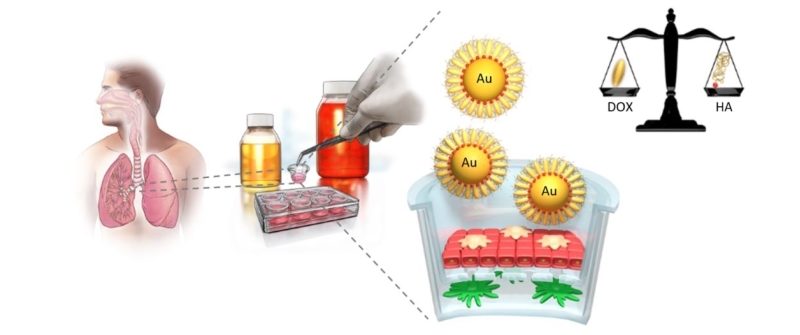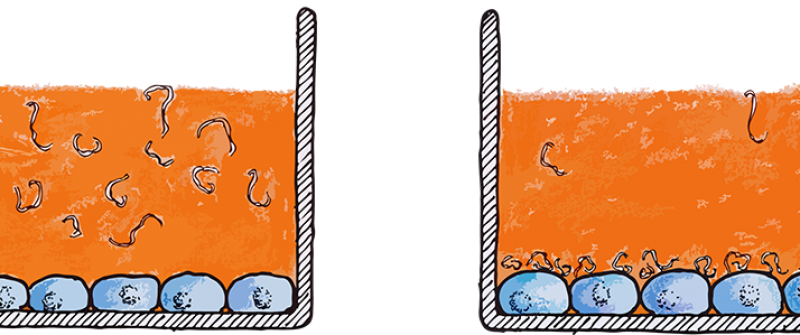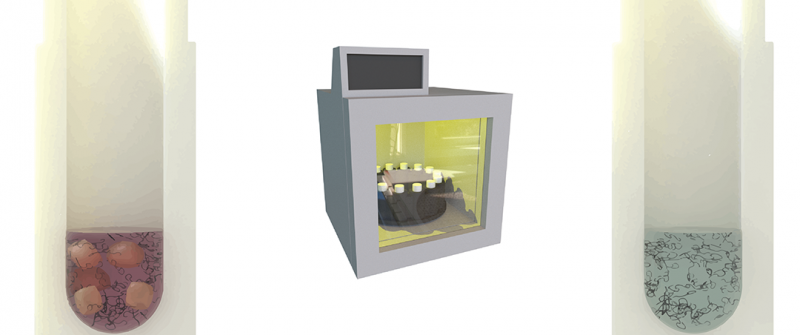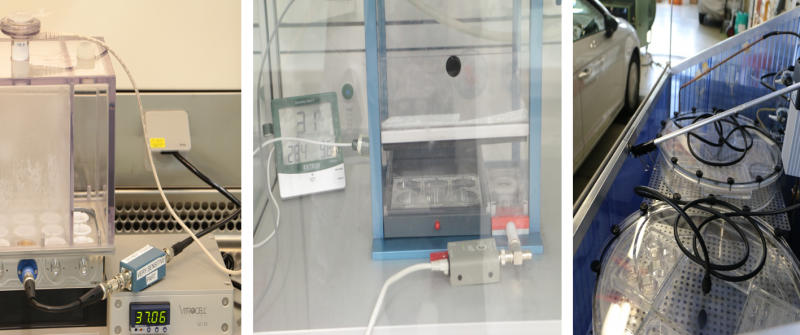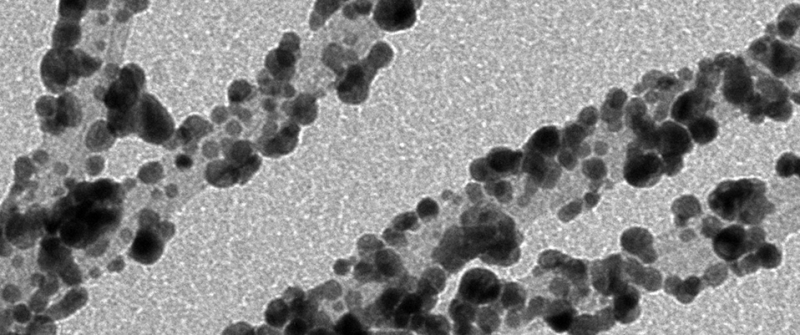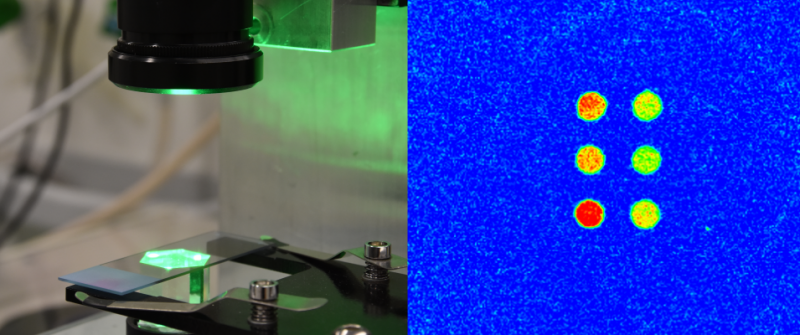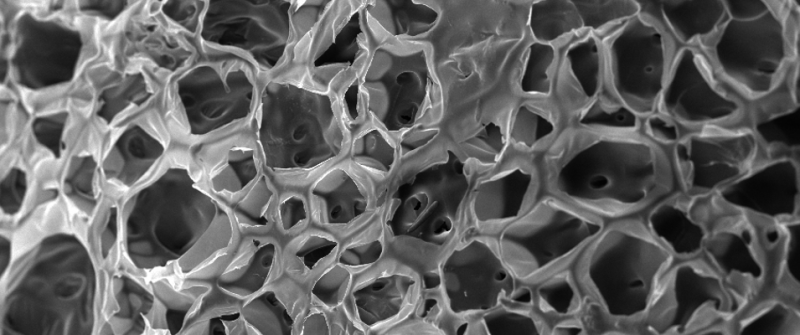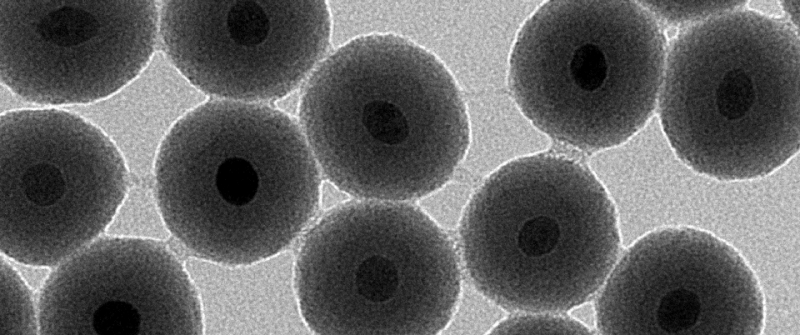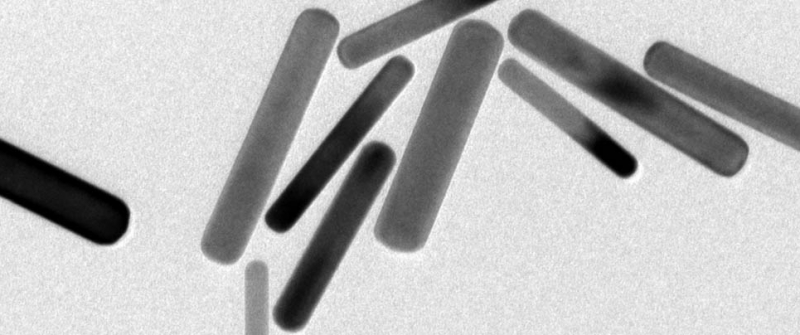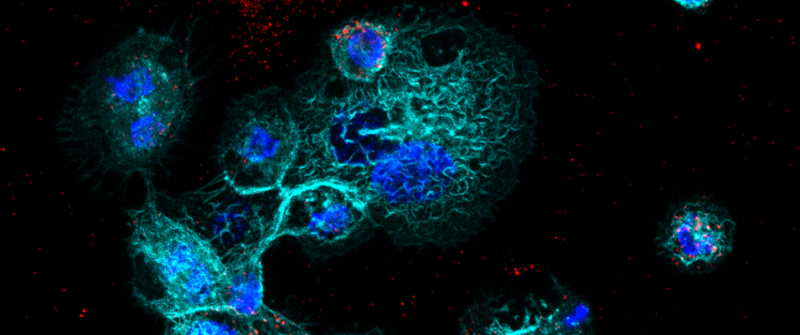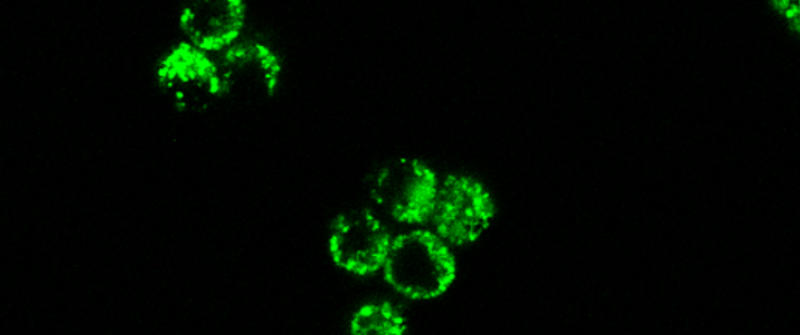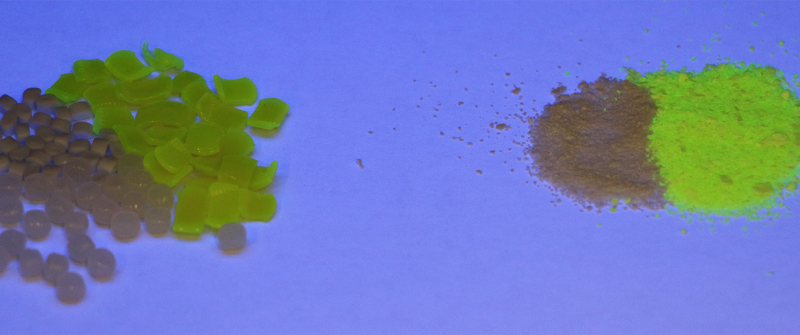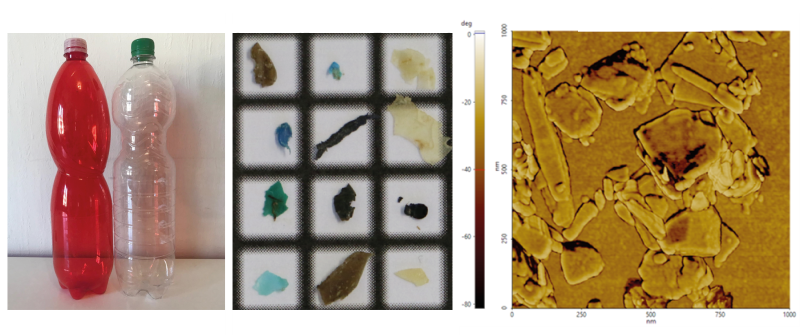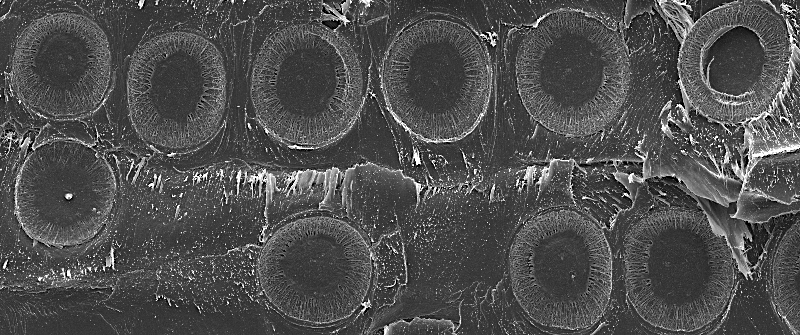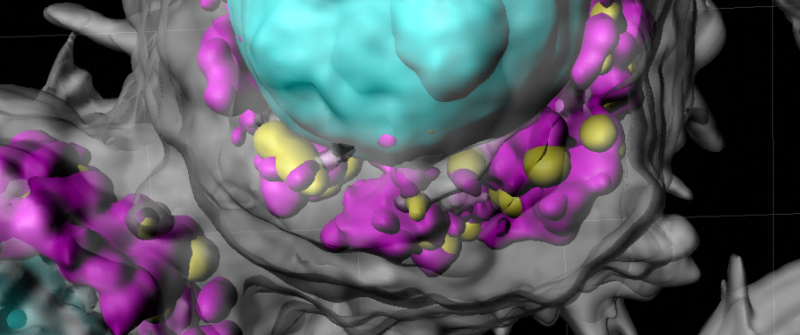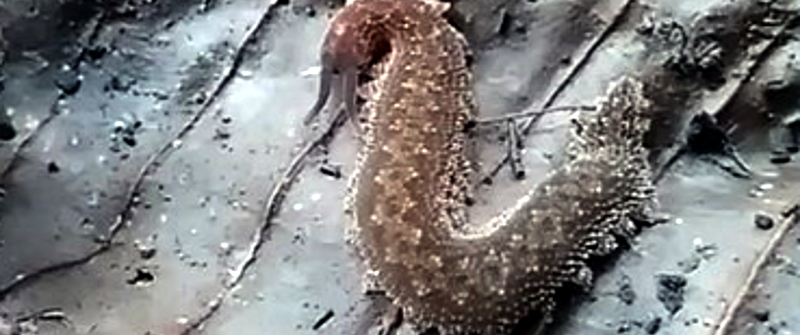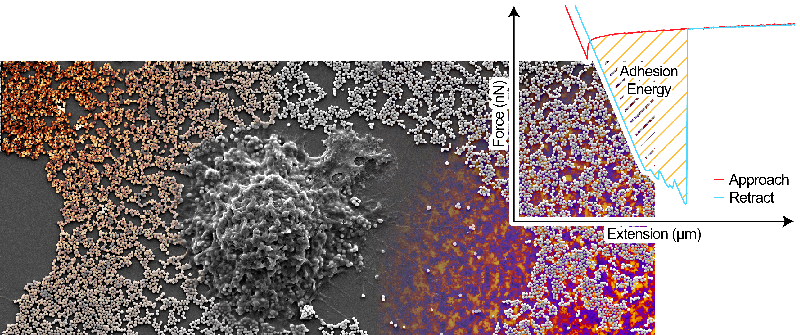Micro- and Nanoplastics
Our research group specializes in synthesizing and characterizing micro- and nanoplastic particles, focusing on developing highly controlled and reproducible methodologies. We engineer particles with precise control over size, shape, and composition to serve as reference materials for analytical method development. Surface-enhanced Raman spectroscopy (SERS) is central to our analytical approach.
Our research encompasses four key areas: the development of standardized reference materials for plastic particle analysis, the advancement of highly sensitive detection methods for micro- and nanoplastics in complex matrices, the investigation of micro- and nanoplastic interactions with human cells, and the exploration of environmental implications (e.g., fate, degradation products, etc.). This multifaceted approach combines materials science, analytical chemistry, biology and environmental toxicology to address crucial questions in the emerging field of micro- and nanoplastic research.
Projects:
Nanoplastic Analytics
Nanoplastic-cell interactions: Spectroscopic analysis and potential toxicity
Tracking micro- & nanoplastic-induced cellular toxicity using label-free Raman microscopy


